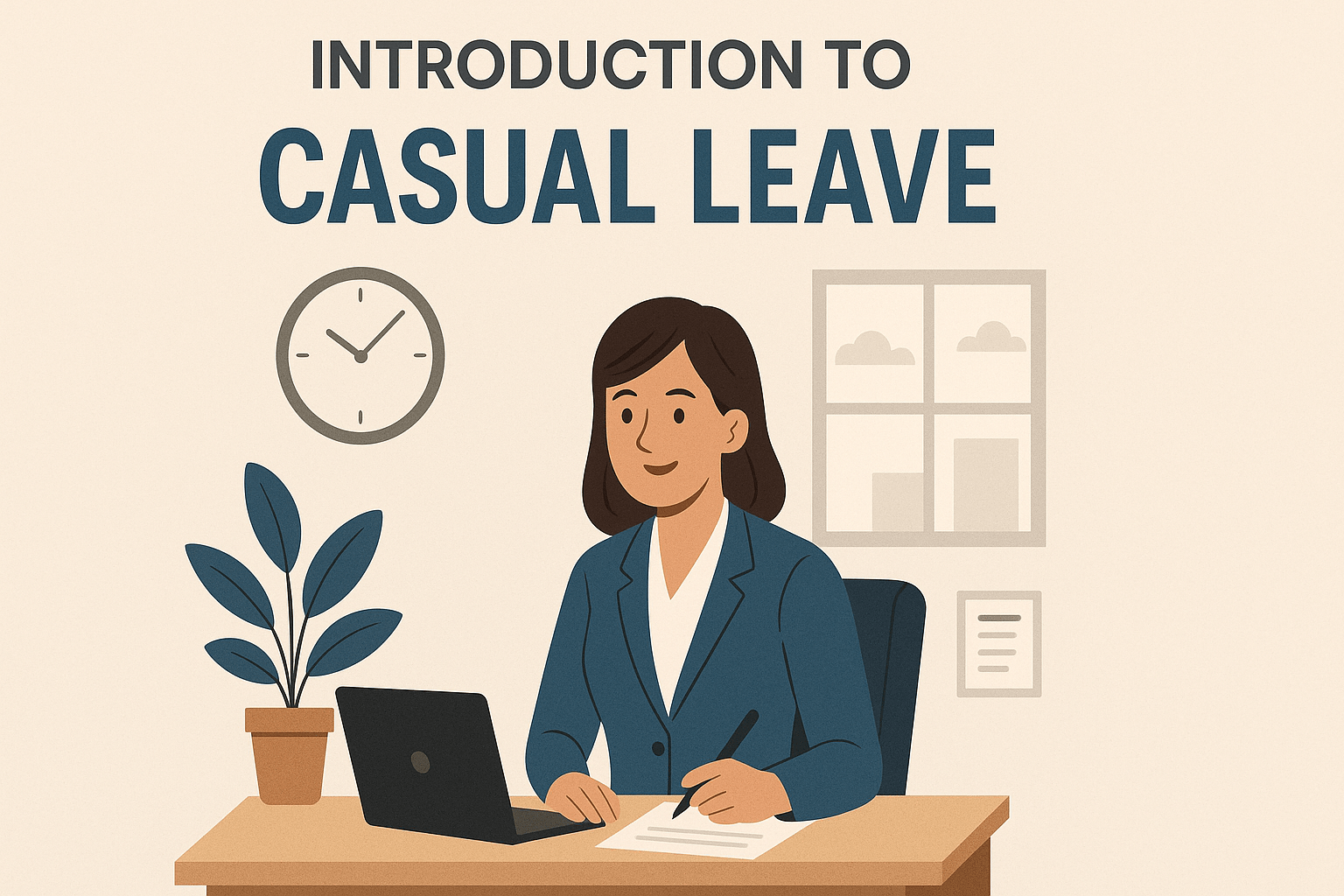Mental health in the workplace has started to receive some much-needed attention in recent years, reflecting an evolving attitude in society as a whole. A large part of this change is the growing awareness that mental health issues don’t just affect those diagnosed, clinical conditions but are something we all need to address – just like our physical health. We all struggle with our emotional wellbeing from time to time and this realisation is helping to steadily remove the stigma that often surrounds the discussion of mental health.
The ongoing global pandemic, however, has highlighted mental health challenges even more. With us fearing for our own health and that of our loved ones, financial stress, social isolation, and unprecedented levels of uncertainty, dealing with life’s usual ups and downs is becoming increasingly more difficult. Some of your staff will be particularly overwhelmed by everything being thrown at them at the moment and are especially in need of your support.
With that in mind, here are some ways of helping your employees with their mental health.
Encourage taking time off
Encourage your employees to take as much as their annual leave allowance as possible. Taking time off from work helps to alleviate any built-up stress which prevents burnout, maintains productivity, and helps preserve both physical and mental health. Better still, when a member of staff returns, they’re likely to have more enthusiasm for their work and, having had the time and space to think, could have devised ways to be better at their job.
A key element of encouraging your employees to take time off is to make the process of booking holiday dates as easy as possible. A centralised leave management system, where employees can look up dates before making a request, is ideal for staff who are worried about the scrutiny of taking time off or are anxious it will affect their status at work.
Encourage breaks at work
Similarly, urge your employees to not overexert themselves by taking small, frequent breaks every hour or so. This could be getting up to grab a drink, stretching at their desk, or simply closing their eyes and taking a few deep breathes. Also, encourage staff to get out during their lunch break, instead of eating at their desk.
Promote physical health
A person’s physical health is very closely tied to their mental wellbeing so when recommend that staff take better care of their bodies, you’re helping them to take better care of their mind. Encourage employees to examine three key areas: exercise, nutrition, and sleep. Increasing their levels of physical activity, the amount of healthy food they consume, and the amount of rest they get each night is guaranteed to have a positive effect on their mental health.
As well as sharing helpful resources on how staff could improve their physical health, you can actively encourage a healthier lifestyle by offering subsidised gym subscriptions, discounts on healthy meals, and perhaps bringing in a guest speaker, such as a nutritionist, to educate them further.
Listen
Finally, you can help your employees with their mental health challenges by simply listening to them and being there. If a member of staff has had to take time off due to mental health issues, or you notice that they’re struggling and don’t seem like themselves, taking the time to ask how they are and if you can help can be immensely powerful. Intently listening to someone helps to make them feel valid, valued, and heard – not just as employee but as a human being. A key part of listening is being empathetic – putting yourself in the employees’ shoes to gain some insight into how they might be feeling.
It’s important to note that while you’re available to listen to someone, they may not feel comfortable opening up and talking to you. This may be down to you not having a strong enough relationship with them or them not wanting to discuss the way they’re feeling with anyone. As briefly touched upon in the intro, shifts in attitude about mental health are recent and, for many, it’s still a taboo subject.
By making it clear you’re there for your staff that would like to talk to someone, you’re doing something to help employees with their mental health and contributing to a happier, more open company culture.




